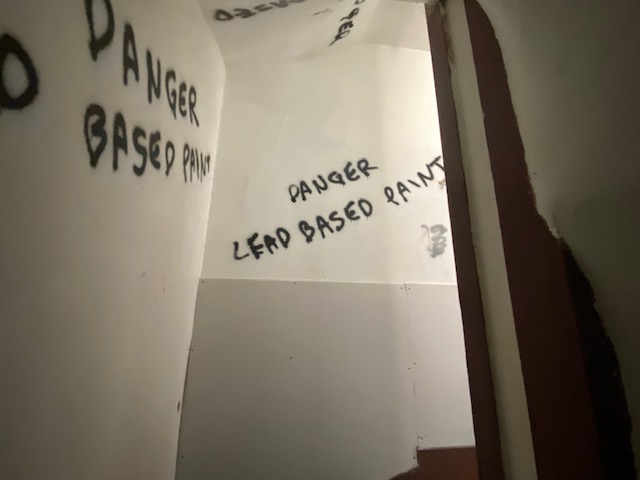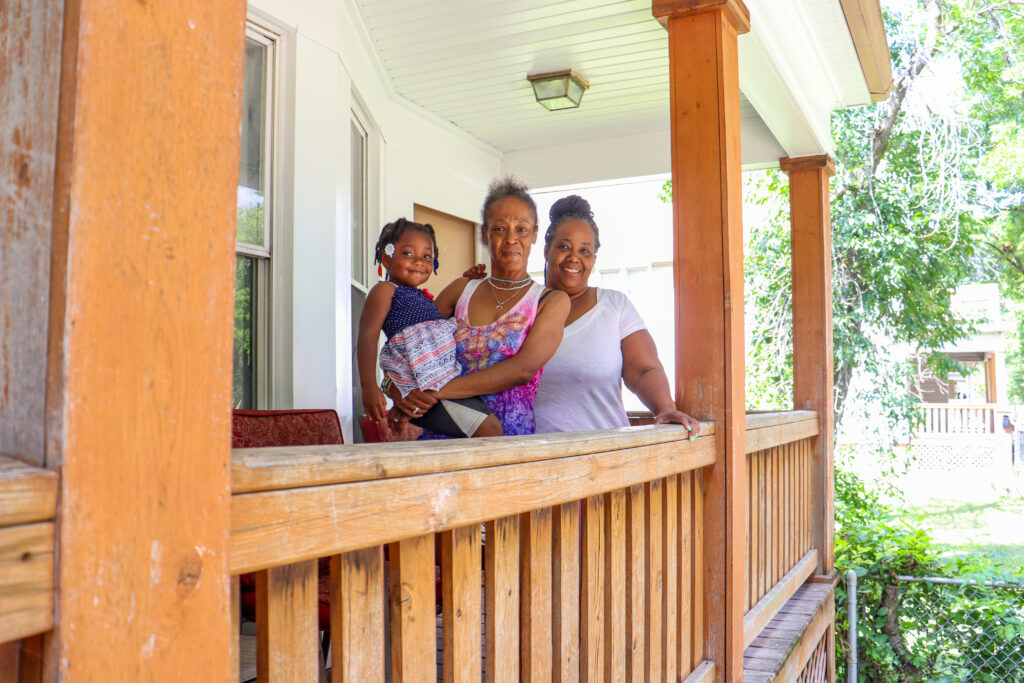
Keeping Families Safe from Lead
Sisters Shawn and Denise have lived in their home for the last seven years. However, it was not until a few months ago that they learned their walls and windows might contain a harmful substance: lead.
Many homes in the city of Milwaukee built before 1978 could contain lead paint (source). Lead is a naturally occurring toxic metal found in the earth’s crust (source). Its widespread use has caused environmental contamination, human exposure, and public health problems across the world (source).
Shawn and Denise live with relatives, including children and an elderly aunt with Alzheimer’s.
Children under the age of 6 years old are especially vulnerable to lead poisoning because their growing bodies absorb more lead than adults, and their brains and nervous systems are more sensitive to the damaging effects of lead (source).
Adults can also be exposed to lead. Lead exposure for pregnant women is a particular concern because it can result in exposure to the developing baby (source).
In Milwaukee, the prevalence of children with blood lead levels has dramatically declined since 2003 (source). Milwaukee Habitat for Humanity is working to continue this decline by providing free lead abatement services for households with children or pregnant women living in or regularly visiting the home. Services are provided at no-cost to qualifying homeowners through a partnership with the City of Milwaukee Health Department.
Shawn and Denise recently went through the Milwaukee Habitat Lead Abatement Program. They received a flier in the mail about Milwaukee Habitat’s program which prompted them to apply and find out if there was lead in their home.
“I didn’t know there was a lead abatement program [available to me],” Shawn said. “It was a wonderful process from start to finish.”
During the process, the home is scanned and inspected for the presence of lead. Wipe samples are taken of floors, windowsills and troughs and then sent to a lab for testing. Once the results come back, they are factored into the results from the scans and a report is developed. This report shows where and how much lead is present in the home, along with scope of work to mitigate the home.

Lead was found in Shawn and Denise’s home, so the next step is selecting a contractor. The Milwaukee Habitat Project Coordinator chooses a contractor based on the scope of work and works with them throughout the entire process. The Project Coordinator makes daily site visits and keeps the homeowner up to date on the progress.
No one is allowed to stay in the home while interior work is being done, so Milwaukee Habitat provides homeowners information on the hotels available for relocation.
Like others in the Lead Abatement Program, Shawn and Denise chose a hotel to stay in and the Project coordinator makes reservations for them.
When the abatement is done, another round of testing is done to make sure there is no presence of lead left.
Once the project is completed and the homeowners sign a certificate of completion, they can move back into their home with confidence that they are now safe from lead exposure.
“It was worth it,” Shawn said. “It looks like a whole new house. The house was transformed. There were walls patched, siding fixed, basement redone, attic, all four walls had new windows put in. This process was a really good fit for our family.”
Shawn enjoyed the process and is hopeful others can also benefit from the program.
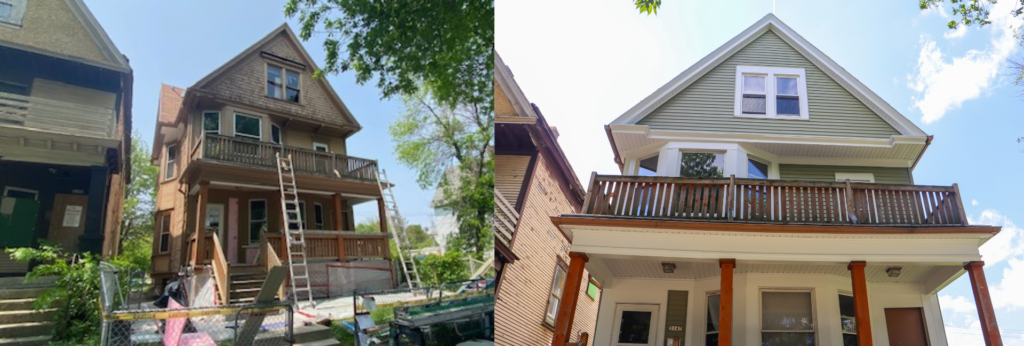
“I’m excited and I’ve been telling everyone about it,” Shawn said. “I have some flyers and I’m passing [them out] at my church and to my neighbors.”
Now, Shawn and Denise can live in their home confident that the children and family members are no longer exposed to lead.
“It feels wonderful to be safe from lead,” Shawn said. “[It is] one less thing to worry about with grandkids and great nieces and nephews.”
Do you want to learn more about the Lead Abatement Program and see if you qualify for a free assessment? Visit: https://milwaukeehabitat.org/housing/repair-your-home/lead-safe-homes/
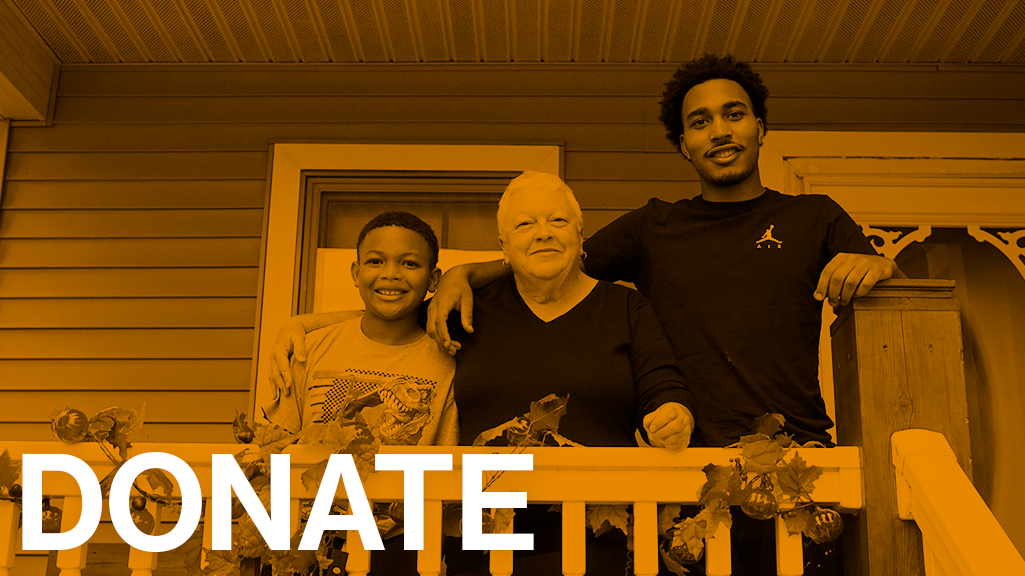
GIVE TODAY
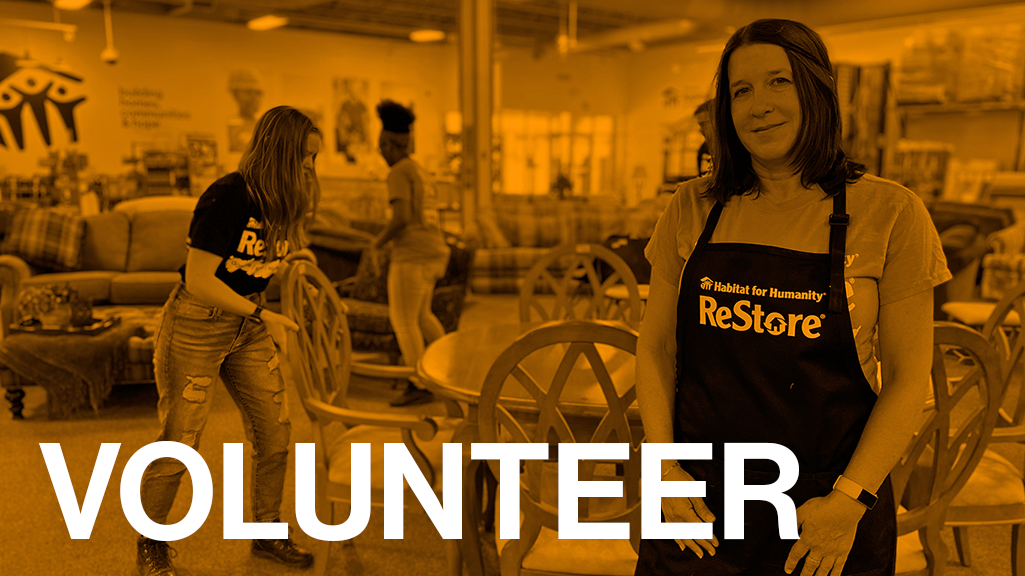
FIND OUT MORE
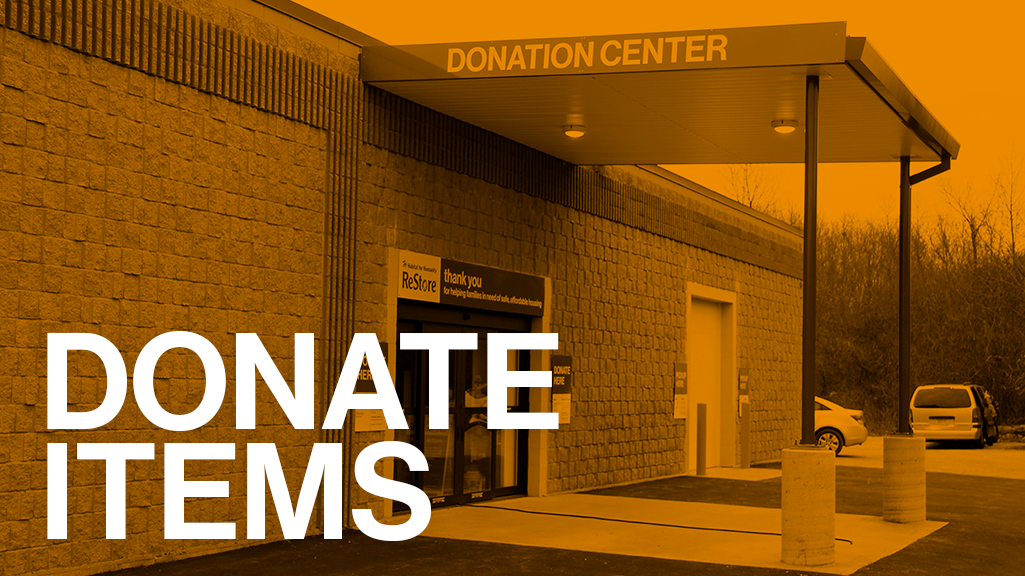
WHAT DO WE ACCEPT?


